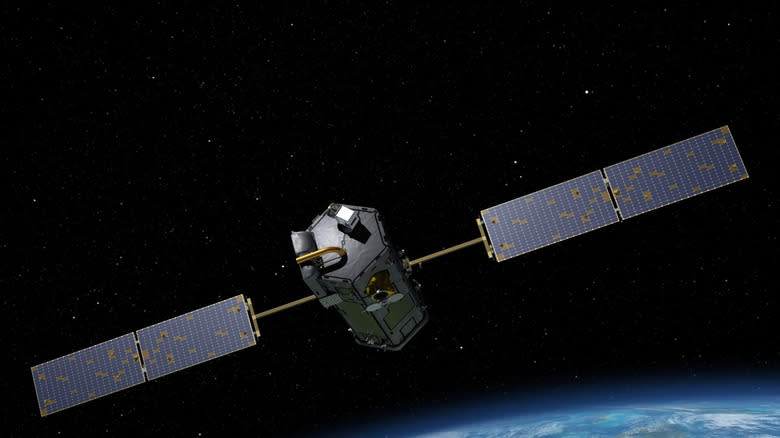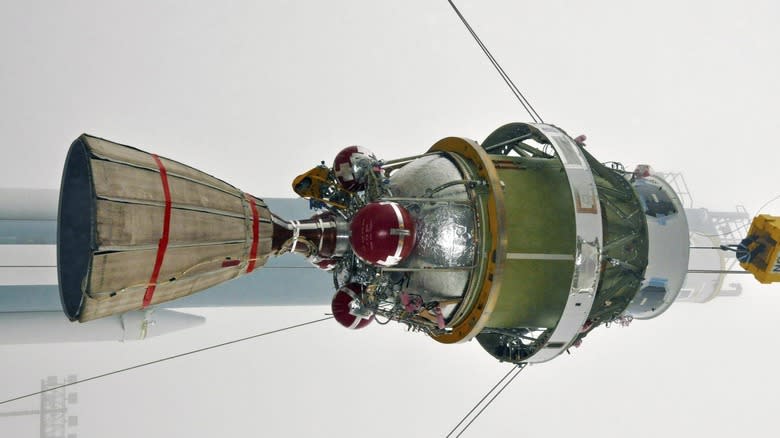
The Trump Administration is considering terminating two perfectly good satellites that provide revolutionary data on greenhouse gases to scientists and farmers that use the data to predict crop yields, potentially in a bid to further defund NASA. According to current and former NASA employees who work on these vital carbon-dioxide monitoring missions, they were asked to draw up plans that NASA could use to terminate the two missions. This comes after Trump's EPA suddenly decided that greenhouse emissions don't pose a threat to public health.
According to NPR, the potential termination of the two missions could happen as early as October. There are two satellites that monitor greenhouse gases in Earth's atmosphere, one that's attached to the International Space Station which would simply be turned off, and the other is a free-flying satellite in orbit that would ultimately burn up in Earth's atmosphere. The missions were launched in 2014 and 2019, and in an official review by NASA, it was found that "the data are of exceptionally high quality." Scientists who work on these missions say that everything involved is in perfect working condition.
Read more: These Are The Worst Transmission Recalls Of The Last 5 Years
The Satellites Cost $750 Million To Develop And Launch, But They Want To Destroy Them

These are the only two U.S. satellites that measure greenhouse gases, and ultimately the data that these missions have collected since their respective launches have revolutionized our understanding of how carbon-dioxide accumulates in our atmosphere. Scientists also identified a very specific wavelength of light that photosynthesis gives off, which the U.S. Department of Agriculture and private agricultural companies use to forecast and track crop yield, drought conditions, and more.
They took about 750 million taxpayer dollars to develop and launch, and the annual cost of maintaining them is about $15 million. That's a drop in the bucket for any of the wealthiest 1% of our country, and it pales in comparison to the hundreds of billions of dollars in damages that climate change-fueled natural disasters have cost just over the past few years. NPR reports that the equipment is expected to function for many more years.
Longtime NASA scientist David Crisp who designed the instruments and managed these missions until he retired in 2022, told NPR, "Just from an economic standpoint, it makes no economic sense to terminate NASA missions that are returning incredibly valuable data." Ultimately, these missions are funded by Congress. The 2025 fiscal year ends on Sept. 30, and draft budgets for 2026 keep NASA funding where it is now, but it's currently unclear if these missions will receive funding again.
Want more like this? Join the Jalopnik newsletter to get the latest auto news sent straight to your inbox...
Read the original article on Jalopnik.








Comments